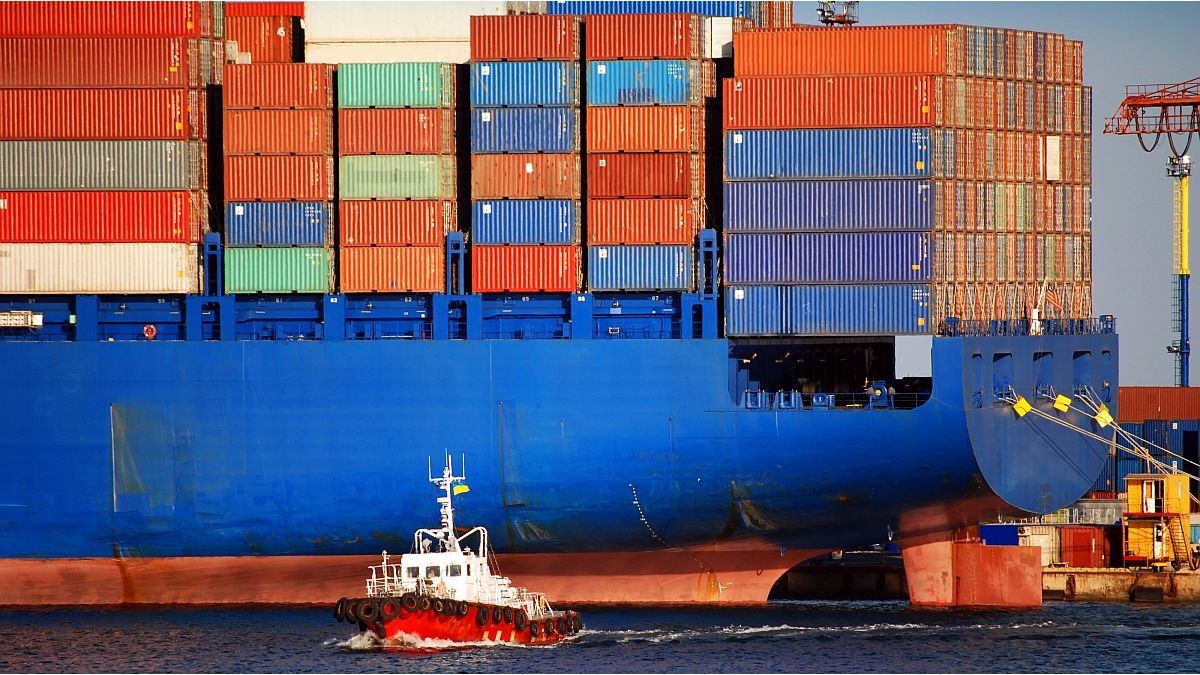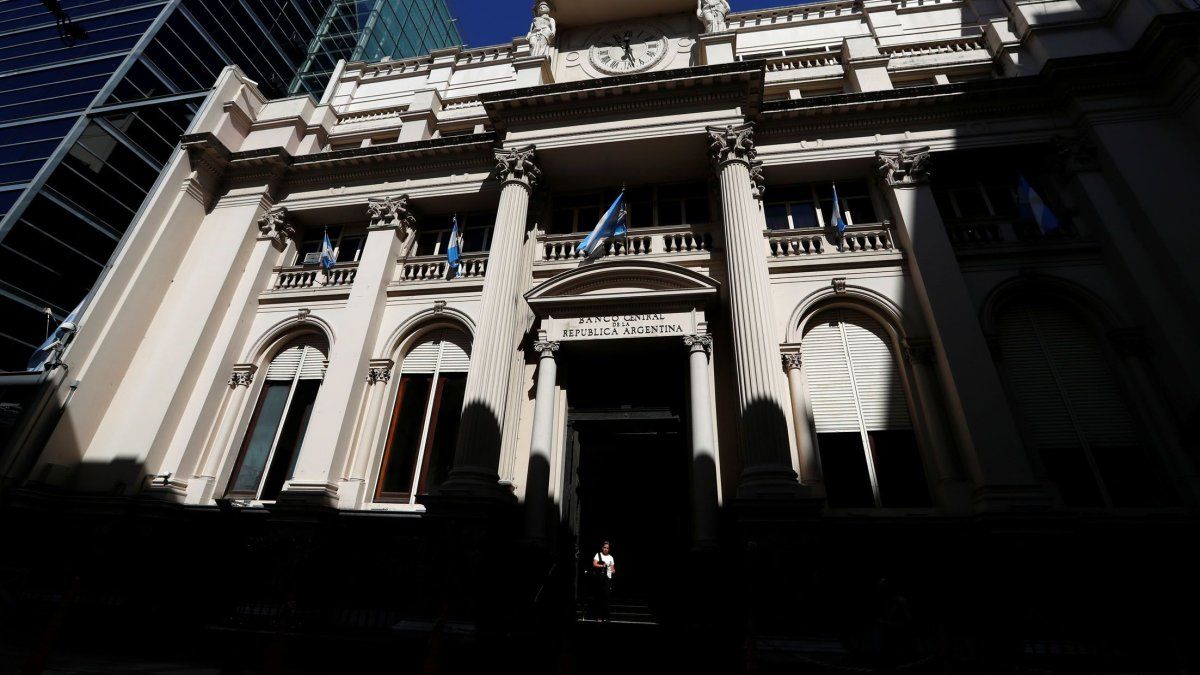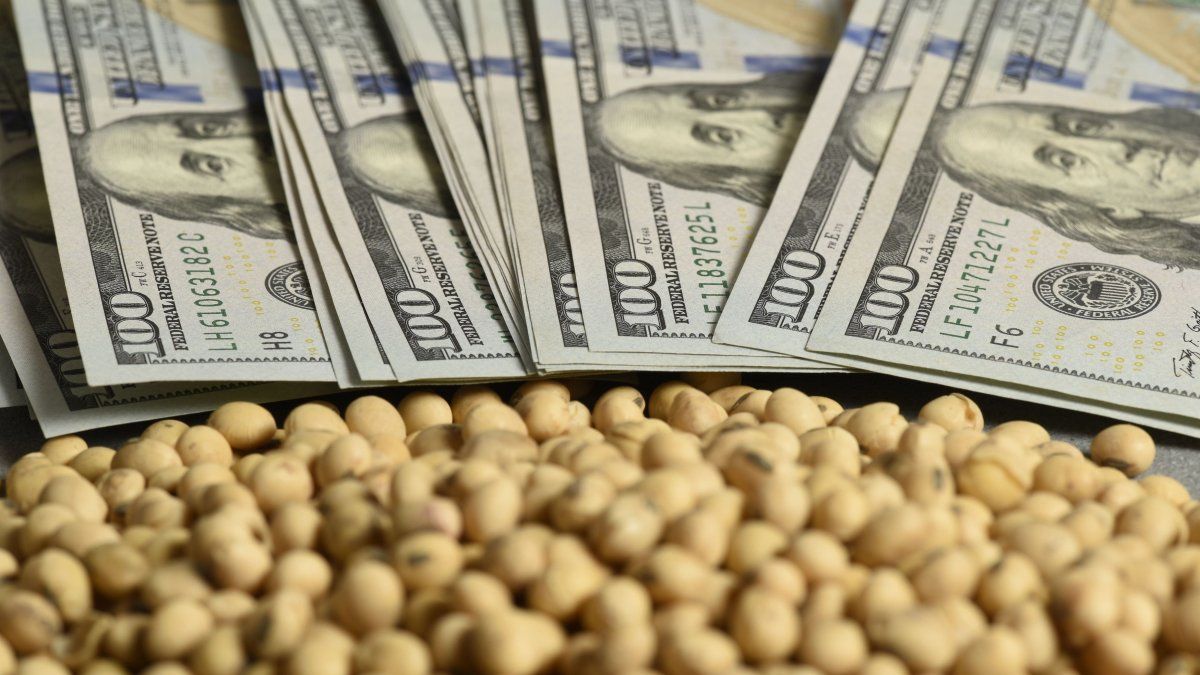This is indicated by a report by the consulting firm LCG on the foreign exchange market last year. The work maintains that “in the MULC only 17% of what was actually imported was paid, explained by the transition of the new import system that imposed an access schedule for the majority of importers.”
This is the lowest level since December 2015. According to the historical series that compares the accrual (data reported by INDEC based on Customs clearances) against the cash basis (payments through the official market) the previous lowest point had been in mid-2019, at 70%.
Screenshot_2024-01-30_13-25-16.png
Since March, when 90% of what was purchased abroad was paid, dollar sales for importers have plummeted.
“Possibly this will be seen again in January, but will begin to gradually reverse in February.” with the release of foreign currency for imports for some sectors,” says the consultant. In the last month of last year, the debt trend of local companies deepened.
What is the debt of importers
According to data from the Ministry of Commerce, the debt recorded in the special registry that was enabled for the purposes of planning an orderly exit, was US$42.6 billion, after discounting nearly US$8.5 billion that were declared canceled without access to the exchange market.
In this regard, the Central Bank indicated a few days ago that “the greater transparency and updating of information provided by the Ministry of Commerce on the amounts of commercial external debt of importers is positive news in itself.”
Screenshot_2024-01-30_13-24-44.png

“The analysis of this information represents another good news in order to measure the challenges of the economic situation and plan appropriate economic policy responses,” says the entity.
The amount of debt declared by the companies contrasts with the BCRA’s own data: “Incorporating to this stock the difference between what was imported and what was paid in the exchange market until December 12, “The debt of importers of goods and services would have reached a total of US$57.8 billion as of that date.”
The entity indicates that “in this way, from December 31, 2021 to December 12, 2023, an increase in the debt stock of importers was recorded for US$27.4 billion.”
How the 2023 current exchange account closed
According to LCG data, the current account exchange rate had a negative balance last year of US$3,581 millionalthough Decemberbecause almost no imports were paid, ended positive at US$2,962 million.
The consultant says that Last year “it closed with an exchange surplus for merchandise of US$12.5 billion, an amount which was lower than in 2022 (US$21.8 billion) due to the effect of the drought, but “It was not even lower as a result of the limited access of importers to foreign currency.”
According to LCG, In 2023 “only payments were enabled for the equivalent of 70% of the total imported.”
“Even so, it was not enough to cover the minor loss due to tourism (US$6.6 billion), private sector debt payments (US$7.6 million) and the outflow of foreign currency via the CCL.”details the report.
On the other hand, it is proposed that These three factors “represent the routes of greatest drainage of reserves from the private sector.” “On the part of the public sector are the net payments of debt to the IMF (US$8,000 million) and the interest on the debt with private entities (US$2,100 million).
Source: Ambito




